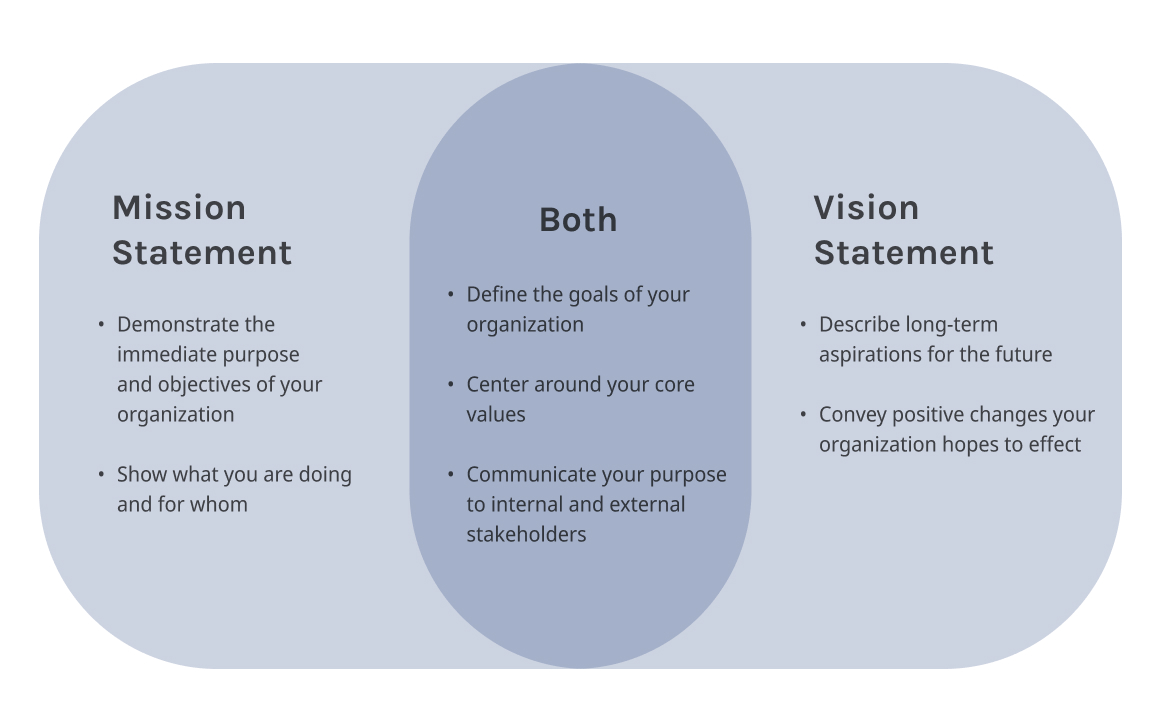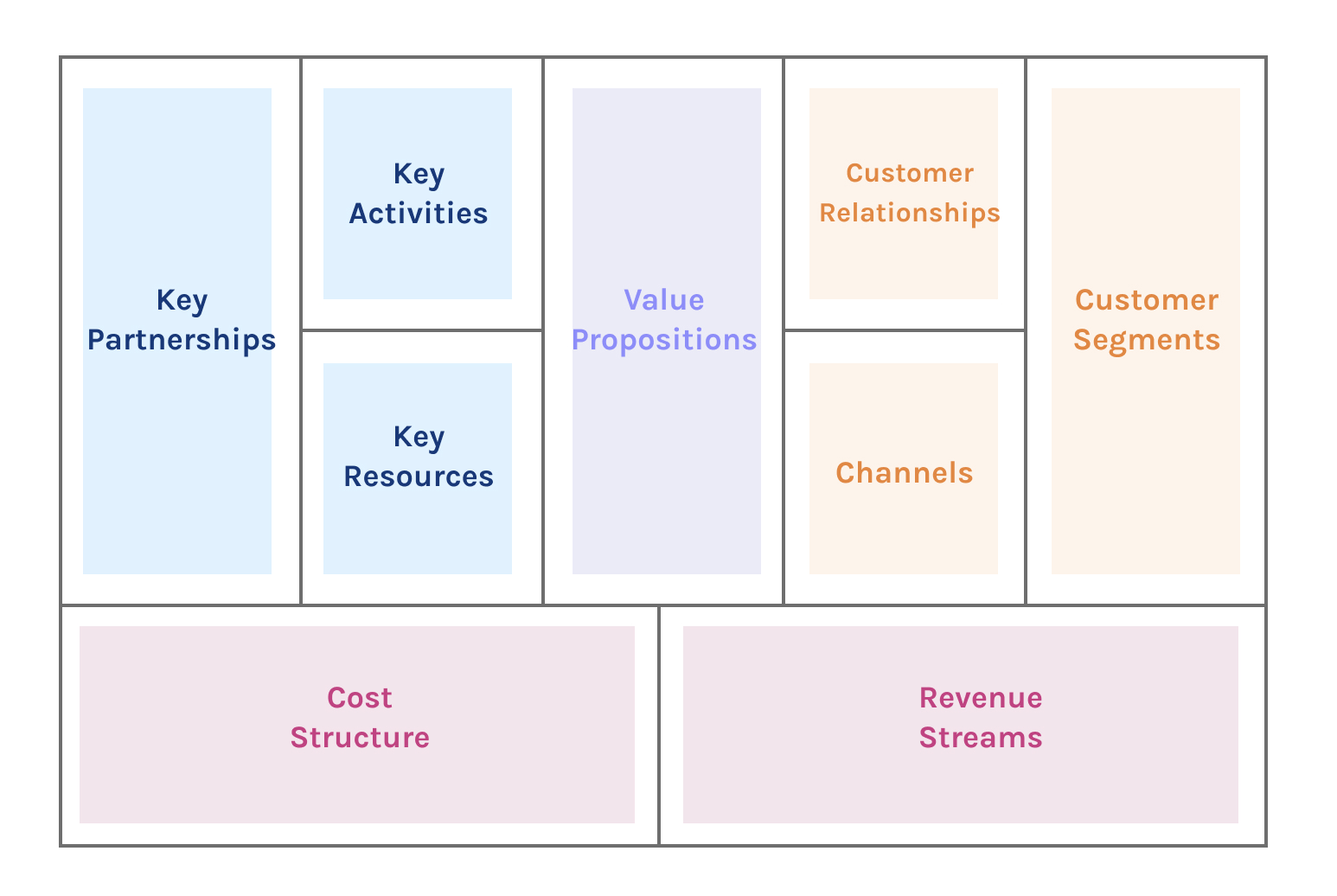Organizational goals, guided by mission and vision statements, encompass the overall aspirations of the entire company, providing a comprehensive vision of where it’s heading in the future. This tool focuses on organizational goals with important implications for individual or departmental objectives. While organizational goals chart the course, individual or departmental objectives outline the steps you and your teams must take to reach those overarching aspirations.
Mission and vision statements define an organization’s identity, purpose, and direction. Together, they provide a strategic framework that guides decision-making, inspires stakeholders, and creates a sense of purpose and unity within the organization. Well-crafted mission and vision statements contribute to organizational success by ensuring alignment and fostering motivation through serving as a roadmap for the future.
Once you have established your organization’s goal in the form of a mission and vision statement, you want to ensure that everything you do and the products and services you offer are actually conducive to achieving your goals. Is there a clear alignment of your organization’s goals, processes and offerings, and communication and marketing material? This tool will provide guidance in articulating your goals, thinking through these questions and achieving alignment.







